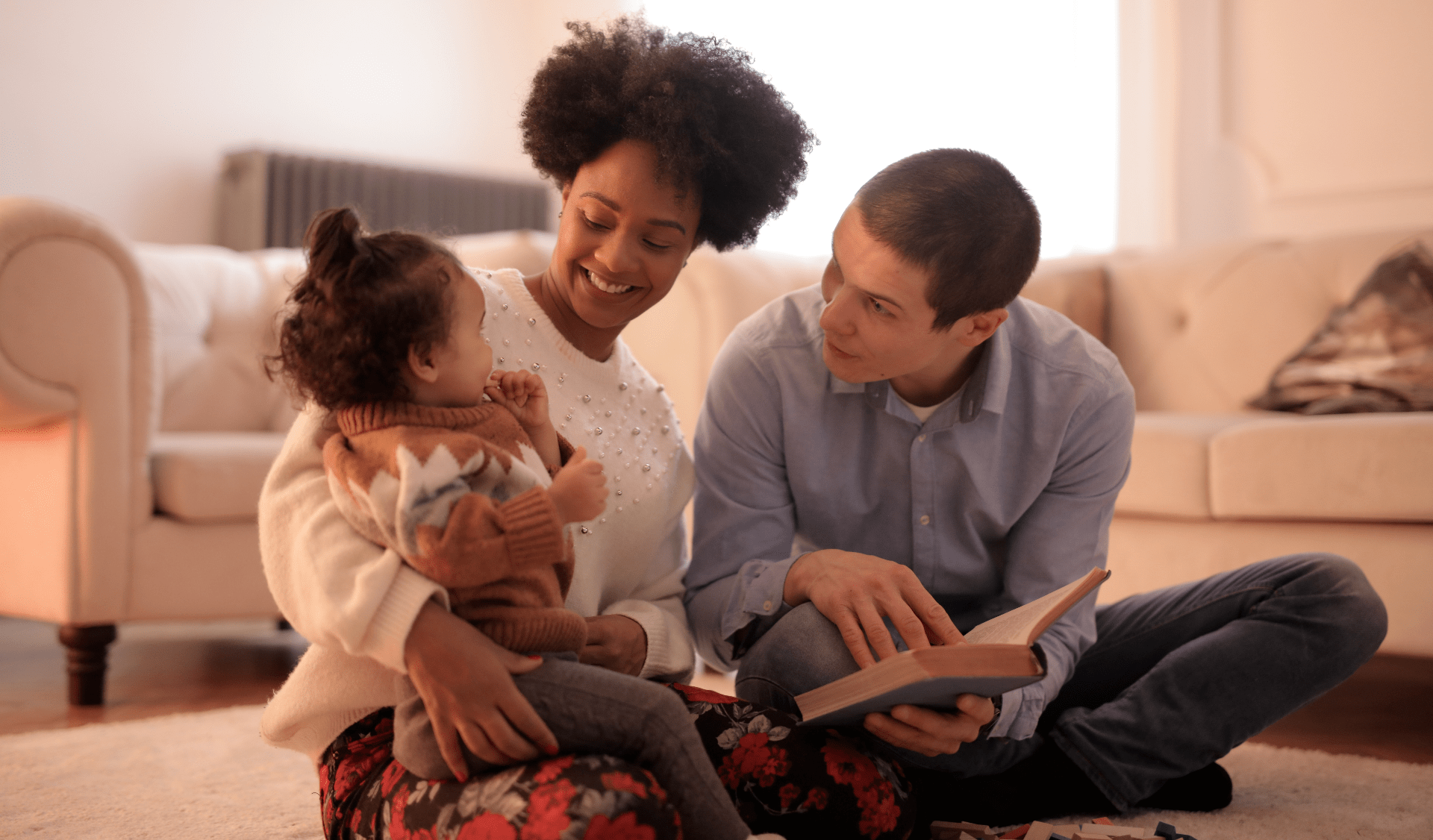Asking questions is crucial to children’s engagement, motivation, and overall learning. Although children’s questions help them identify new, interesting information that keeps them engaged, they may struggle to know what to ask if not taught how to ask.
When adults ask children questions, they model effective question-asking behavior. Asking questions that guide children’s learning enables children know what kinds of questions will lead to novel information. Adult question-asking can also teach kids to be self-sufficient learners in a variety of environments; parent questions have been shown to support vocabulary learning during story reading and are linked to children’s learning at STEM museum exhibits.
For this week’s blog post, we highlight another presentation from the Brown Bag series. Caroline Gaudreau presented her research on parent-child interactions in the presence of cell phones in A Unique Distraction: The Effect of Parental Cell Phone Use on Parents’ and Children’s Question-Asking. This research could not have been completed without the help from Claire O’Shea, Adeola Olowokudejo, Chineme Jane Jude, Irem Yilmaz, Kathy Hirsh-Pasek, and Roberta Golinkoff.
 Image of the toy with hidden features designed by Caroline Gaudreau.
Image of the toy with hidden features designed by Caroline Gaudreau.
Gaudreau takes literature about question-asking a step further—addressing question-asking in the presence of technology. In this study, parents either did not take a survey, took a survey on paper, or took a survey on a cell phone while their child played with a novel toy with hidden functions (see image above). Gaudreau hypothesized that given the social nature of cell phones, parents would be more distracted and ask their children the fewest number of questions when taking the survey on the cell phone. She also suspected children would notice their parents’ distraction in the cell phone condition, leading kids to ask fewer questions and thus discover less about the toy.
Gaudreau found no statistically significant difference between children’s question-asking in the phone and paper survey. This suggested that children asked the same number of questions regardless of whether their parents completed the survey on a cell phone or paper. Despite this, children did ask fewer questions in the phone condition than in the no survey condition, suggesting that the presence of a phone had a more dramatic impact on children’s question-asking. Nonetheless, parents responded to the same proportion of children’s questions across all conditions.
Conversely, there were statistically significant differences across conditions in instances where parents questioned their children. Parents asked fewer questions when not completing a survey at all compared to when they completed a survey, either on paper or their phone. Even though the surveys asked the exact same questions, parents asked their children fewer questions when taking a digital survey than the paper survey. This suggests that phone use can impact parents’ interactions with their children, and their decreased question-asking may have led to their children’s shorter playing time and fewer questions asked.
During her presentation, Gaudreau went beyond sharing her research findings–she asked those present at the Brown Bag series for their interpretation of her data. Interestingly, parents asked girls significantly more questions than boys. During the discussion, it was suggested that perhaps girls engaged with the toy less, giving their parents cause to engage girls more than boys. Given that gender stereotypes result in boys and girls playing with different types of toys, perhaps this type of novel toy was more enticing for boys.
Participants in the series also suggested new ways to expand the study. Some, for example, suggested including in the analysis when questions were asked during play. Others suggested expanding the variables examined, such as parental engagement, types of questions, and how a family approaches cell phone use at home.
The Brown Bag series not only offered a forum to present Gaudreau’s research on question-asking, but also served as a platform to consider and develop new perspectives. Going forward, this series will continue to aid Learning Science researchers at the University of Delaware. To read more about the Brown bag series, last week we posted on Daniela Avelar’s presentation titled Video Chat in Times of COVID-19
Post by Raymond Patt


